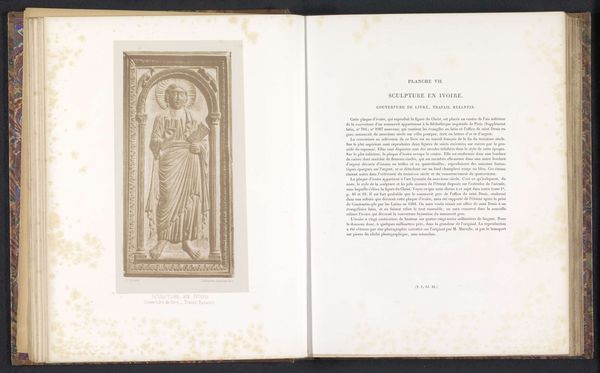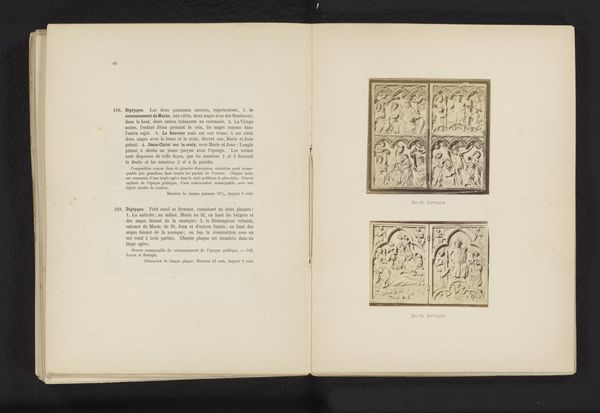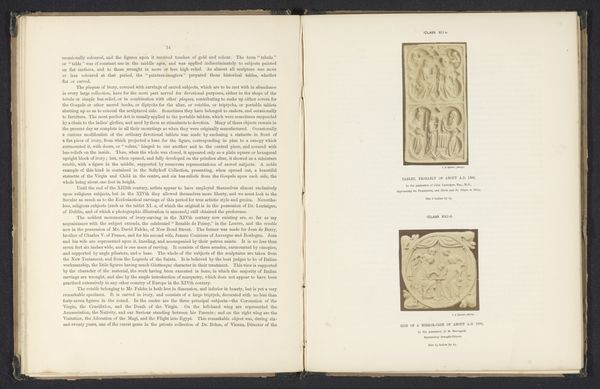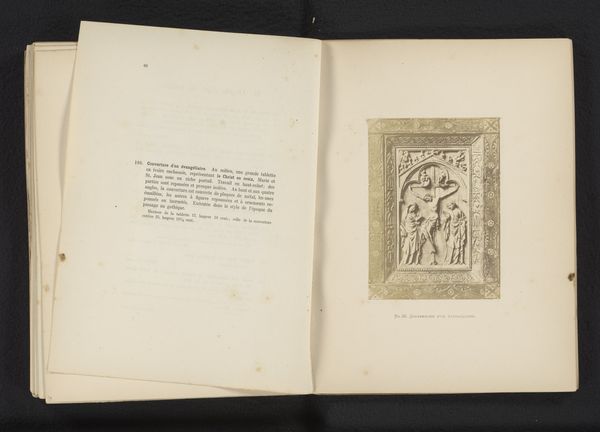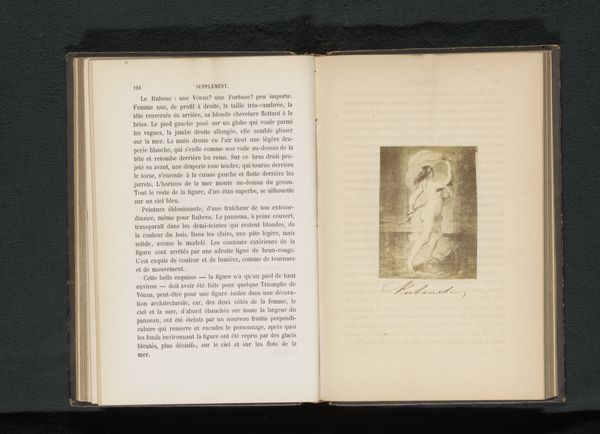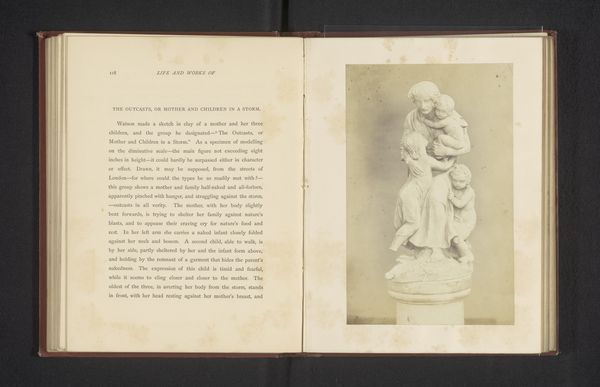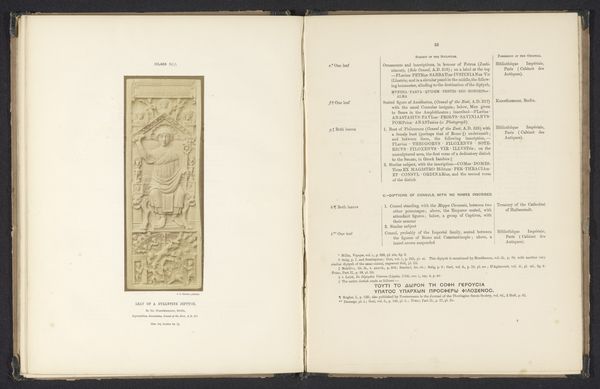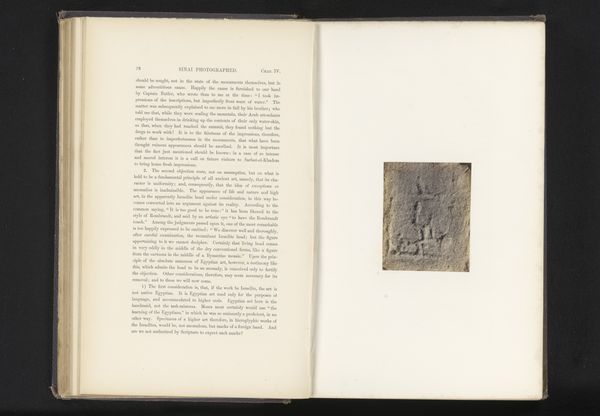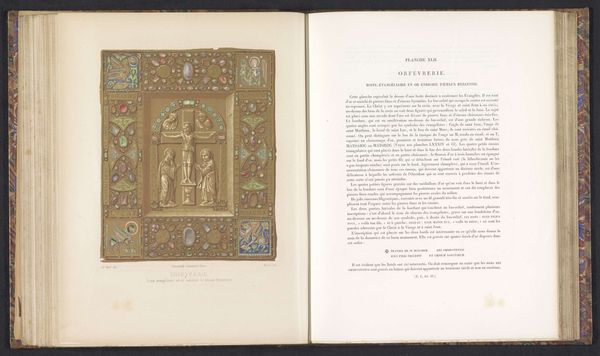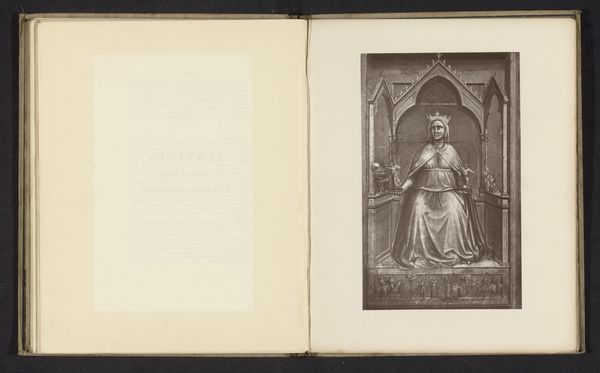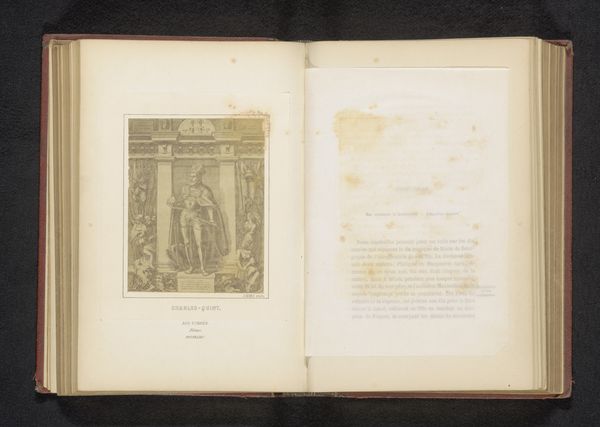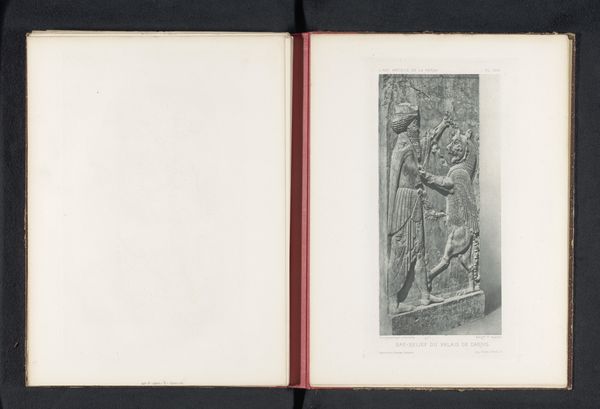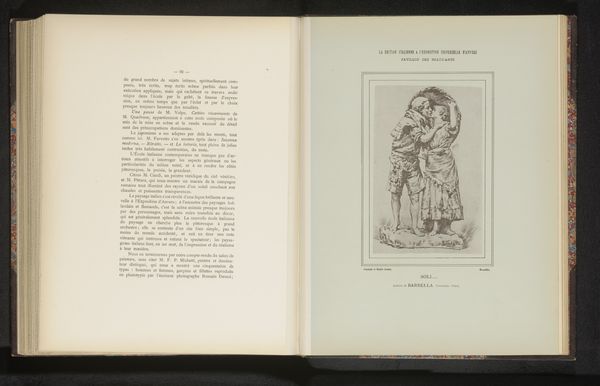
Ivoren Romeinse sculptuur, vermoedelijk voorstellend Valentinianus III en Galla Placidia before 1856
0:00
0:00
relief, sculpture, ivory
#
portrait
#
greek-and-roman-art
#
relief
#
figuration
#
ancient-mediterranean
#
sculpture
#
ivory
Dimensions: height 169 mm, width 85 mm
Copyright: Rijks Museum: Open Domain
This ivory sculpture, possibly depicting Valentinianus III and Galla Placidia, was created by J.A. Spencer. Ivory, derived from elephant tusks, was a prized material in the Roman world, valued for its smooth texture and luminous appearance. The process of carving ivory demanded exceptional skill. The artist would have carefully planned the composition, then used a variety of tools to slowly and meticulously remove material, revealing the figures within. The tactile quality of the ivory lends a sense of naturalism to the forms, as if they are emerging from the material itself. The choice of ivory itself is significant. It was a luxury good, traded across vast distances, connecting the Roman Empire to distant lands and global networks of commerce, and its use as a sculptural medium was intimately connected to wealth, power, and consumption. The creation of such an object involved a complex interplay of labor, resources, and artistic skill. Appreciating the history of materials and their making helps us to understand the full cultural and political significance of this artwork.
Comments
No comments
Be the first to comment and join the conversation on the ultimate creative platform.

